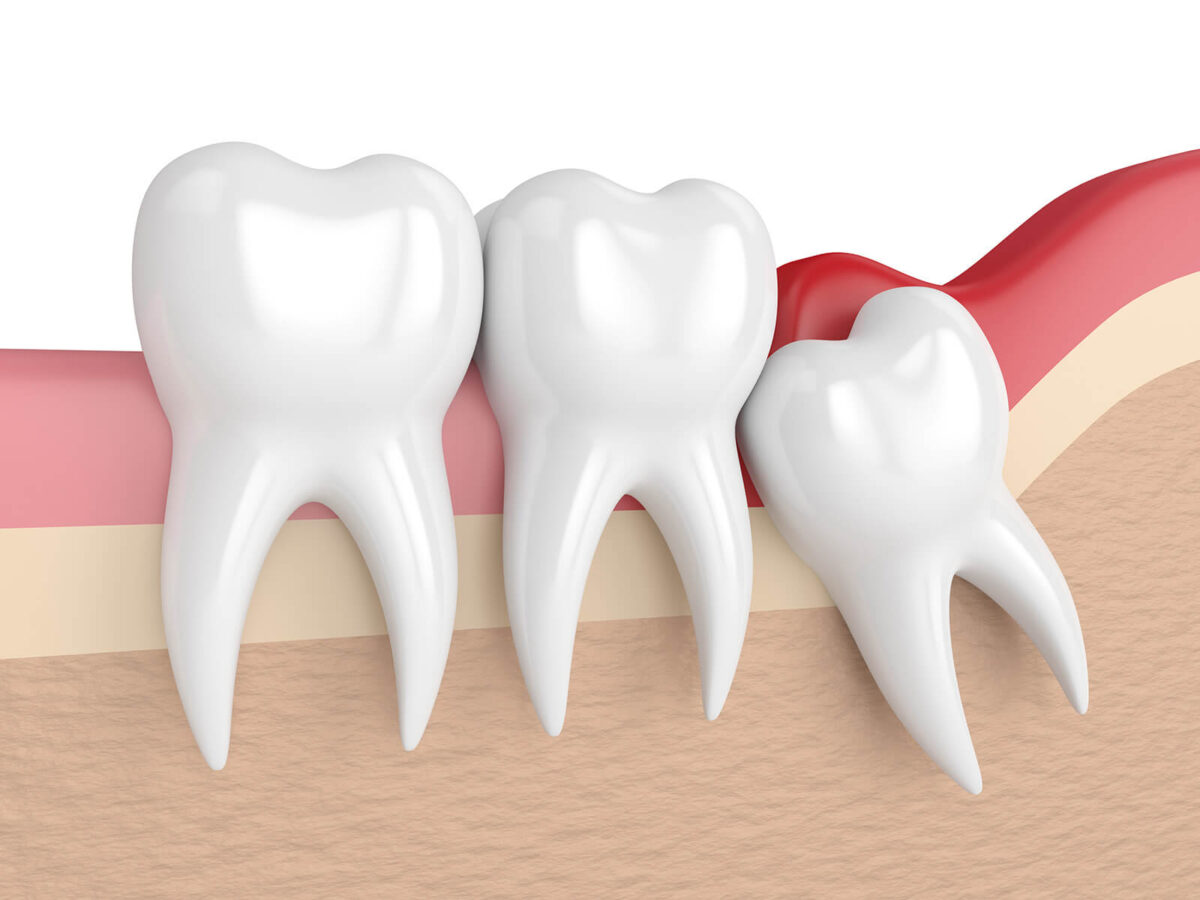There’s a common dental procedure of removing wisdom teeth that many people are subjected to during their late teens or early twenties. Knowing what to expect before and after the removal of wisdom teeth can help reduce anxiety and promote smooth healing. This blog will go through all you need to know about the wisdom tooth extraction process from Beaumont Dentist TX.
Understanding Wisdom Tooth Extraction
What Happens During Wisdom Tooth Extraction?
During wisdom tooth extraction, the dentist or oral surgeon will start by injecting local anesthesia around the area of the tooth in question. Sometimes, sedation may be used to help you relax.
- Preparation: X-rays can be taken by the dentist to determine how each tooth is positioned.
- Removal: The gum tissue is cut open, exposing the tooth and bone. It might be broken into sections for ease of removal.
- Stitches: After pulling out these teeth, stitches may be needed to close up the gums.
How long does the procedure take? The duration of time taken for this procedure varies depending on its level of complexity. Usually, it takes around 45 minutes to one hour. However, if multiple wisdom teeth are removed, then it may take longer.
What To Expect Immediately After Surgery
Post-Extraction Care
After your wisdom teeth have been pulled out, immediately follow the post-extraction care given by your Beaumont Dentist TX on post-operative care provisionally. Here are some tips to implement:
- Gauze Pad: Bite down softly but firmly on a piece of gauze over the area where surgery was done to control bleeding.
- Ice Packs: Use ice packs on your cheek’s external side to minimize swelling too following extractions.
- Rest: Rest for the remainder of the day while avoiding heavy jobs as well as activities that may lead to injury in case you happen to get up unawares from sleep during the day.
Pain and Discomfort
It is common to have some pain and discomfort after getting your wisdom teeth extracted. As such, a dentist will give you painkillers to manage it. Equally, ibuprofen can be used as an over-the-counter painkiller.
Will you be in a lot of pain after the extraction? However, there is expected mild discomfort which is managed by medicine prescribed by the dentist and good practices.
Managing Your Recovery at Home
Dietary Restrictions
Within the first few days that follow your surgery for wisdom tooth removal, you are required to eat only soft foods while avoiding anything extremely hot or cold. Here are some examples:
- Soft Foods: Yogurt, mashed potatoes, smoothies.
- Liquids: Broths, water, juices.
Avoid using straws because sucking through them may dislodge blood clots and slow the healing process.
Keeping the Extraction Site Clean
Remember, oral hygiene is important but go gentle around the spot where teeth were removed from.
- Rinsing: Rinse your mouth with warm salty water to keep that area untouched by food particles without irritating it too much.
- Brushing: Brush carefully other than where these teeth were pulled out of.
How soon can you start brushing your teeth after the surgery? You can begin brushing your teeth on day two following wisdom tooth removal but do not brush harshly around where they’re taken out from.
Potential Complications
Common Issues
While most wisdom tooth removal procedures go smoothly, sometimes there are complications:
- Dry Socket: This means when the blood clot gets loose resulting in exposure of nerves as well as bone which is very painful requiring care by a dentist.
- Infection: Fever increased pain or swelling are signs of infection. Contact Beaumont Dentist TX in case you suspect it.
Availing Help
In case you experience intense pain, the excessive flow of blood, or have any symptoms that seem odd, it is important to quickly reach out to your dentist. This will aid in preventing further serious issues.
If you see unusual signs in the healing process, what should you do? Contact Beaumont Dentist TX immediately for a discussion about your symptoms and get some relevant advice.
Long Term Recovery
Full Recovery Timeline
While the starting recovery period lasts for about two weeks, comprehensive healing of the extraction site may last up to a few months.
- 1st Week: Bruising and swelling lessen.
- 2-3 Weeks: A normal diet feels almost painless.
- 2-3 Months: Entire tissue heals.
Regular Follow-Up Visits
Your dentist later can schedule follow-up visits for an effective recovery. These are extremely necessary to track your recovery progress and tend to any potential issues.
Tips for a Smooth Recovery
- Stay Hydrated: Drink ample water/fluids to keep your body hydrated which hastens healing.
- Avoid Tobacco: Tobacco consumption may excessively delay recovery.
Wrapping Up
Wisdom tooth extraction could feel intimidating, but with the appropriate care and treatment, you can sail through smoothly. Knowing the fine guidelines from Beaumont Dentist TX will accelerate recovery 2x times and make it way smoother. Do not forget that the right post-extraction care plays a significant role in a fruitful recovery and long-term relief.





